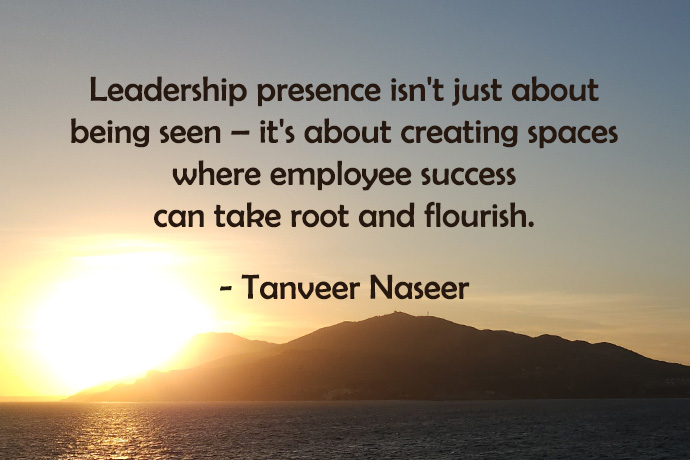In my workshops on empathy and leadership, I start with an exercise where I ask attendees to reflect on a past leader who inspired them. I ask these leaders “What do you remember more – the specific metrics and KPIs this leader achieved? Or how they made you feel about your potential as a member of their team?”
I’m sure it’ll come as no surprise that the energy level rises when people answer the second question, and this reveals an essential truth about succeeding at leadership:
While communicating our vision and strategy is important, how we show up is equally important to our organization’s ability to succeed, something that will become even more critical in the fast-approaching AI world.
This means tuning out distractions both environmental and within our mind so we can be emotionally and psychologically present.
Through such efforts we build trust that will allow our employees to be more open and share more fully with us, improving our understanding of what’s really needed to drive our collective success.
As Jim Kouzes and Barry Posner write in their seminal work, “The Leadership Challenge”:
“Leadership is not a position or a title. It is a mindset and a set of actions that inspire and elevate others.”
So here’s some steps to help you develop your leadership presence:
- Be mindful of where your focus is during these daily interactions with your employees.
- Remove distractions from your field of view so you can give your employees your full attention.
- Follow through on the smallest of commitments. It might seem like nothing to you, but for your employees it will help foster a greater sense of trust.
- Connect with employees over non-work related matters. Use your innate curiosity to learn more about them and what they care about.
As I’ve advised other leaders, leadership presence isn’t just about being seen – it’s about creating spaces where employee success can take root and flourish.

